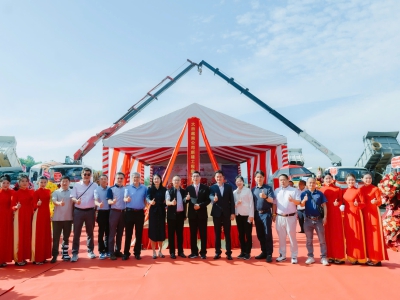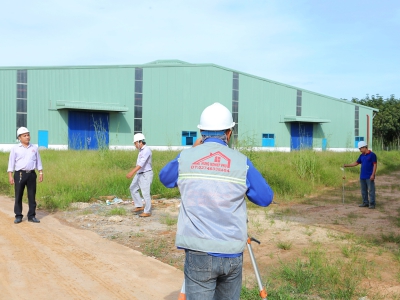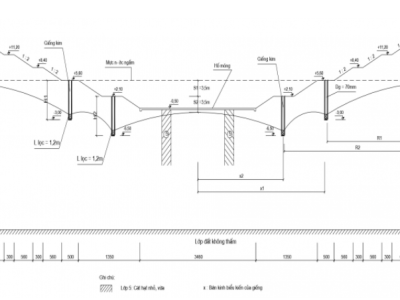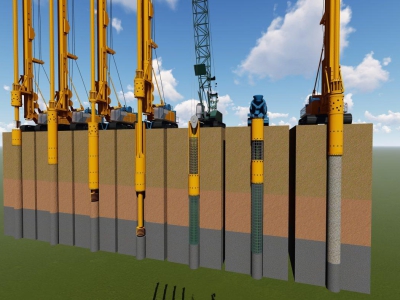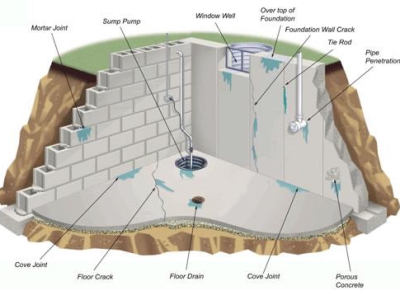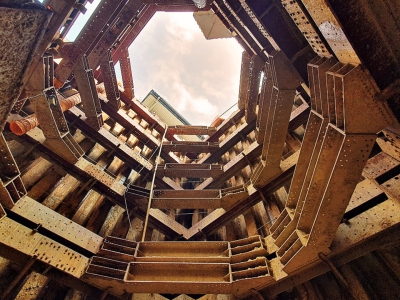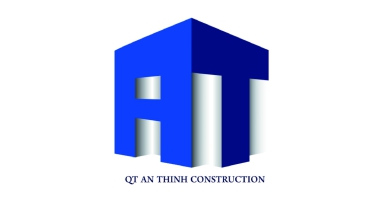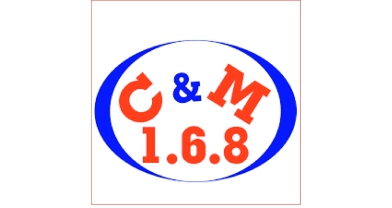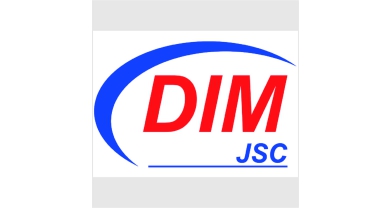NOTES WHEN DESIGNING A FACTORY COMPRESSED AIR SYSTEM TO ENSURE ACCEPTANCE OF STANDARDS
Factory compressed air system design is the process of planning, designing and implementing a compressed air system in a factory or industrial environment.
The role of the factory compressed air system
Factory compressed air systems are commonly used to supply compressed air to operate factory equipment and machinery, including mechanical tools, compressors, machining machinery, refrigeration systems and more. other devices. Factory compressed air system design has many important uses, including:
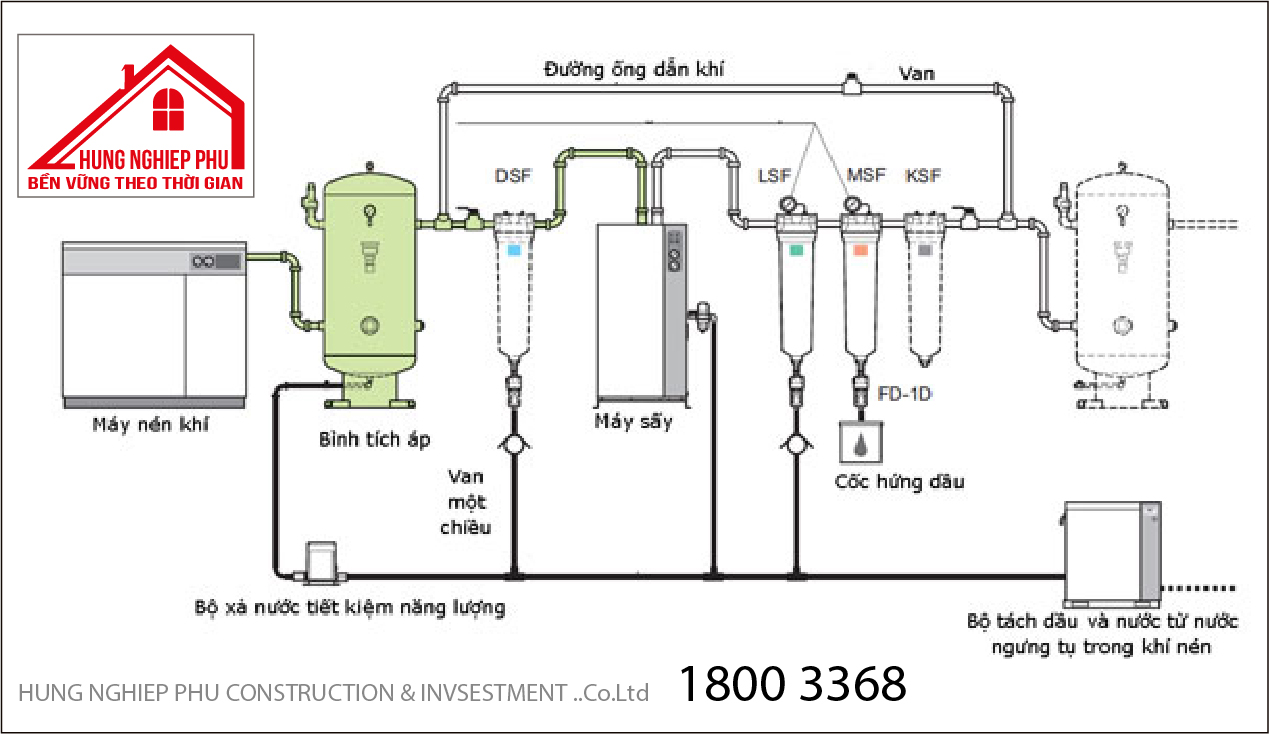
Provide compressed air source for equipment and tools in the workshop
Compressed air systems are used to supply compressed air to tools and equipment such as air compressors, sandblasters, compression molding machines, drills, cutters, plating machines, pneumatic pumps, and others. other automatic machinery. Compressed air is used to perform functions such as pressing, injection, suction, screwing and compression during manufacturing and repair processes.
Support during production
Factory compressed air systems provide strong and uniform working capabilities, helping to increase productivity and efficiency in the production process. It provides the power to perform difficult tasks quickly, reducing time and effort.
Ensure safety in the working environment
Compressed air systems also play an important role in ensuring safety in the factory. It is used to provide shock absorption and engine control systems, helping to reduce the risk of workplace accidents and protect employees.
Energy saving
An efficient compressed air system can help save energy. It can be designed to operate through an intelligent control system, helping to adjust compressed air pressure according to usage needs. This helps reduce energy consumption and reduce energy loss during operation.
Easy maintenance and repair
The factory compressed air system design also ensures easy maintenance and repair. With the use of standard parts and equipment, it is easy to replace when necessary and reduces downtime in the workshop.
In summary, factory compressed air system design brings many important benefits for production and repair in industrial environments, such as increasing productivity, ensuring safety, saving energy and ease of maintenance.
Factory compressed air system design process
The process of designing a factory compressed air system includes determining the need for compressed air, selecting and arranging equipment such as compressors, tanks, controllers and air pipeline systems. Important factors that need to be considered during the design process include flow velocity, compressed air pressure, storage capacity, performance and energy efficiency. The factory compressed air system design process includes the following steps:

Determine requirements and goals: First, you need to determine the requirements and goals of the factory compressed air system. This may include the required air volume, rated pressure, compression ratio, and other requirements of the equipment using compressed air.
System design: Based on the identified requirements and goals, you need to design the factory compressed air system. This includes choosing equipment such as air compressors, tanks, filters, valves and air pipes. You also need to determine the installation location and connection of these devices to ensure performance and convenience of use.
Calculate and determine system capacity: You need to calculate and determine the required compressed air system capacity. This includes calculating the required air flow, maximum pressure and rated system pressure. Based on these parameters, you can choose an air compressor and tank with appropriate capacity.
Equipment selection and installation: After determining the system capacity, you need to select and install equipment such as air compressors, tanks, filters, valves and air pipes. You need to ensure that these devices meet the requirements for air flow, pressure and compressed air quality.
Make graphs and circuits: You need to make graphs and circuits for the factory compressed air system. This includes wiring and connecting equipment, valves and air pipes to ensure efficient and safe operation of the system.
Deploy and test the system: Once the system has been installed, you need to deploy and test the system. This includes testing air flow, pressure and other factors to ensure that the system operates as expected and meets factory requirements.
Service and maintenance: Finally, you need to establish a routine maintenance and service plan for your factory compressed air system. This includes checking and replacing filters, cleaning and lubricating equipment, and inspecting for problems and making repairs as necessary.
This is an overview process and there may be other steps depending on the specific requirements of each factory.
Regulations on factory compressed air system design
Factory compressed air system design needs to comply with safety and environmental regulations to ensure safety and environmental protection. At the same time, the design process also needs to consider technical and economic factors to ensure the efficiency and feasibility of the system. Below are some general regulations that commonly apply:

System selection and sizing: The compressed air system needs to be designed to be powerful enough to supply enough compressed air to the equipment and tools in the workshop. Select the appropriate compressor and the air duct size needs to be calculated to ensure the pressure and flow of compressed air is sufficient to meet usage needs.
Pressure and humidity: Compressed air systems need to be designed to provide the correct pressure required for equipment and tools that use compressed air. At the same time, measures should be taken to control the humidity in the system, using pressure regulators and air dryers.
Safety and protection: Pneumatic systems should be designed to ensure user safety and protect pneumatic equipment from problems such as overloading, overheating, pressure failures and explosions.
Energy efficiency: Compressed air systems need to be designed to optimize energy use. This can be achieved by using high-efficiency compressors, optimal ductwork design, and using energy-saving measures such as timed operation and application control systems.
Maintenance and Inspection: Compressed air systems require periodic maintenance and inspection to ensure stable and efficient operation. Inspection and maintenance includes checking pressure, inspecting and replacing filters, and inspecting and lubricating the compressor.
Note that more specific and detailed regulations may be required depending on the technical regulations and standards of each country or region.






